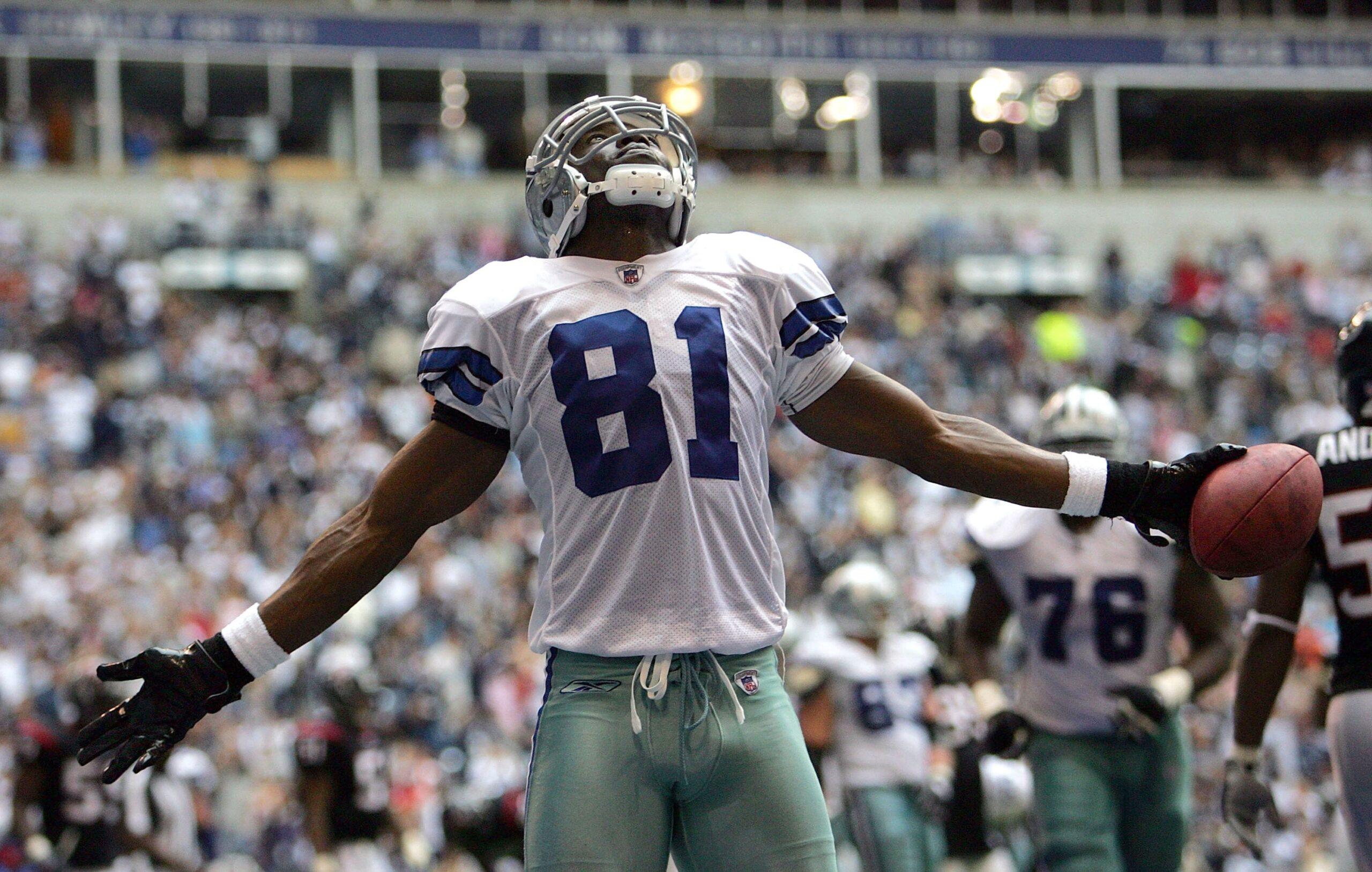
Roger Goodell wrote a letter with GIFs in it. Somewhere, an intern has been ordered to print this letter out and place it on the desk of his team’s non-computer-savvy owner, and that owner will never know that Goodell’s letter is supposed to animate.
The letter announced the NFL will roll back several rules outlawing various celebrations, citing “celebrations on the ground,” “group demonstrations,” and “using the football as a prop” as specific examples. It also hints that the league will be more lenient when it comes to enforcing the celebration rules it maintains. It is only right that this letter was GIF’d up: Celebration GIFs are the lifeblood of the Sports Internet, and the now-legal moves players are allowed to unleash will sustain us. This letter is like Immortan Joe releasing precious water for his thirsty subjects.
The first reason these changes are a good idea is that it turns out NFL fans like it when players celebrate. The league assumed for years that we were turned off by players gloating, but we were actually made uneasy by the NFL’s attempts to silence them through rules and fines. As it turns out, celebrations help us remember players, which makes the NFL’s job of making money off players much easier. Think about how many ads feature players celebrating — Ickey Woods is still appearing on TV in 2017 thanks to his celebration, and State Farm successfully ingrained the phrase “Discount Double Check” in our heads even though Aaron Rodgers’s celebration is meant to mimic a championship belt and is not a feature of State Farm’s insurance sales. And yet the NFL repeatedly fines Antonio Brown for his celebrations while Pepsi makes ads about how Antonio Brown does over-the-top celebrations.
The second reason these changes are a good idea is because quite frankly, writing rules to outlaw some celebrations but not others turned out to be a nightmare. We’ve all laughed at the Key and Peele skit about the third thrust being outlawed:
While the skit was ridiculous, it touched upon a grain of truth: The NFL’s attempts at legislating reasonable celebrations were laughable.
Rule 12, Section 3, Article 1, Note 3 of the rule book specifies that players are not allowed to perform the “incredible hulk” in the direction of other players, a clause added along with others in 2013. I believe this is in reference to Cam Newton’s celebration where he pretends to rip open his jersey. But Newton has made it clear his celebration is a Superman reference. If an official really wanted to follow the letter of the law, they could see Newton taunt an opponent in that exact manner and go “actually, that’s Superman, not the Incredible Hulk!” and not throw a flag.
Each of the three things specifically mentioned in Goodell’s letter was an example of a rule where specificity went too far:
— The rule book outlawed players “engaging in any celebrations or demonstrations while on the ground.” But as refereeing blog Football Zebras notes, players were only penalized for “going to the ground,” which is why some celebratory snow angels have drawn flags but Randall Cobb did not for his Week 13 snow angel after the act of scoring a touchdown led him to the ground.
— The “going to the ground” concept technically should have outlawed ground-based prayers, which are pretty much the least offensive thing possible, so the league advised referees that praying was not illegal. That ensured Tim Tebow never got penalized, but a ref still saw Husain Abdullah slide to the ground after a touchdown and pause to pray and threw a flag, which forced the NFL to say that the penalty was given in error. Basically, the rule was so bad that it almost made the NFL accidentally endorse one religion over another religion.
— To celebrate as a group takes longer and makes a bigger show, so the NFL outlawed “premeditated or choreographed” celebrations by multiple players. That meant that the illegal act was not dancing, but dancing with a teammate, even if the dance was short and inoffensive.
— “Using the ball as a prop” was illegal, but spiking the ball was not. So the biggest, Gronkiest spike in the world was fine, but calmly tossing the ball over the upright was not. You could throw the ball as hard as you can and accidentally bean a cameraperson in the head — legal. But when Emmanuel Sanders pretended the football was a baseball, wound up, and threw a pitch — that’s illegal. The league basically outlawed using your imagination.
The NFL does have justification to penalize celebrations. If celebrations are too over the top or feature taunting, they can engender poor will between teams and lead to a fight. If they take too long, they can slow the game’s pace of play. If they’re really offensive, fans might be turned off. Officials should be able to penalize “prolonged” or “excessive” penalties, and the league office should be allowed to fine players for crossing lines.
But this situation is not that dissimilar to the NFL’s tortured struggle to define what a catch is. The more descriptive the rule book gets, the less our concept of a catch (or celebration) matches the legal definition.
By the way, you know what should improve the pace of play? Not having a referee announce a penalty for unsportsmanlike conduct after every damn touchdown.